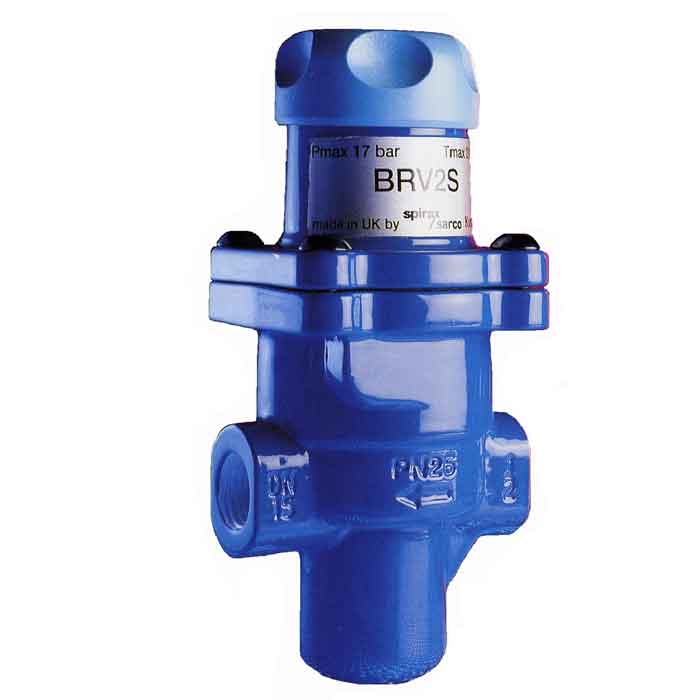

Read more about how Discovery Queue works in my blog here. Valve confirmed in the meeting that traffic is not used to determine a game’s appearance in this widget. Discovery Queue – Wishlists earned over a short period of time.Specials tab (games that are on sale and selling a lot).Top sellers (the combined, total revenue of the game and DLC, and soundtrack all roll up into this is so F2P games have a shot at appearing on this list too.).New & Trending (mysterious earnings threshold, but this is different depending on the country and the language your game is translated to – note this is why they recommend translating your game.) Simon Carless wrote about it here.I wrote Popular Upcoming and about how many wishlists you need at launch here Popular Upcoming (total number of wishlists sorted by release date) – One of the few widgets where the algorithm actually looks at your wishlists.Steam also uses your tags to show it only to people who play a lot of other games with the same tags. Featured & Recommended – You get here by making a lot of money.Here is how those widgets work and what it takes: The other thing they pointed out is that most widgets where games get featured are automatically picked by the algorithm. If you have to ask to appear on the top banner, you aren’t making enough. The takeover banners are basically invite-only to games that did really-really well: we are talking 10s of millions of dollars in earnings. When a big game like Dave the Diver gets a front page premo featuring, people always ask “how much do I have to pay for that?” or get conspiratorial “how can we compete when companies can just buy their way to the top.” Valve clarified that no widget on Steam is pay-to-play. NONE of the special featuring on Steam is pay-to-play. These banners are curated and chosen by Valve but they are not paid. Myth reality? (According to Valve): FALSE. So this is my disclaimer that any time in any blog going forward that when I say “The Algorithm” I really mean “The constellations of widgets with their own algorithm that determine whether to promote your game.” It is just much easier to say “the algorithm” Myth: The people who get these banners have paid to get them and are not to be trusted
Valve to provide some steam sales update#
As a company they do have an overall strategy to shape the Steam store and the type of games they want to promote so typically when they update their promotion strategy, several widgets are all subtly updated at the same time so that in aggregate they show more kinds of games they want. I mean, all the widgets are made by the same company, and the widgets work together. I always think this is so funny when they point this out because that distinction seems so slight. Before we start: There is no one algorithmįor some reason in every algorithm talk, the Valve people always say “ACTUALLY there is no one ‘algorithm’ it is really a bunch of widgets each with their own algorithm.” Read my other blog post about Valve’s Steam Next Fest Q&A where they also dispelled a bunch of other algorithm myths.īig shoutout to Sam Alexander who smuggled out these insights so that we might better understand Steam. My editorializing and “reading between the lines” will be marked with (CZ NOTE) I heard the presentation and I wanted to provide some additional context (and my own editorial) to what they are posting.


Valve to provide some steam sales download#
Steam has been rolling out a new presentation trying to dispel some more myths that people keep spouting about visibility, wishlists, sales, and “the algorithm.” They actually posted the new presentation slides here which you can read and download here.


 0 kommentar(er)
0 kommentar(er)
